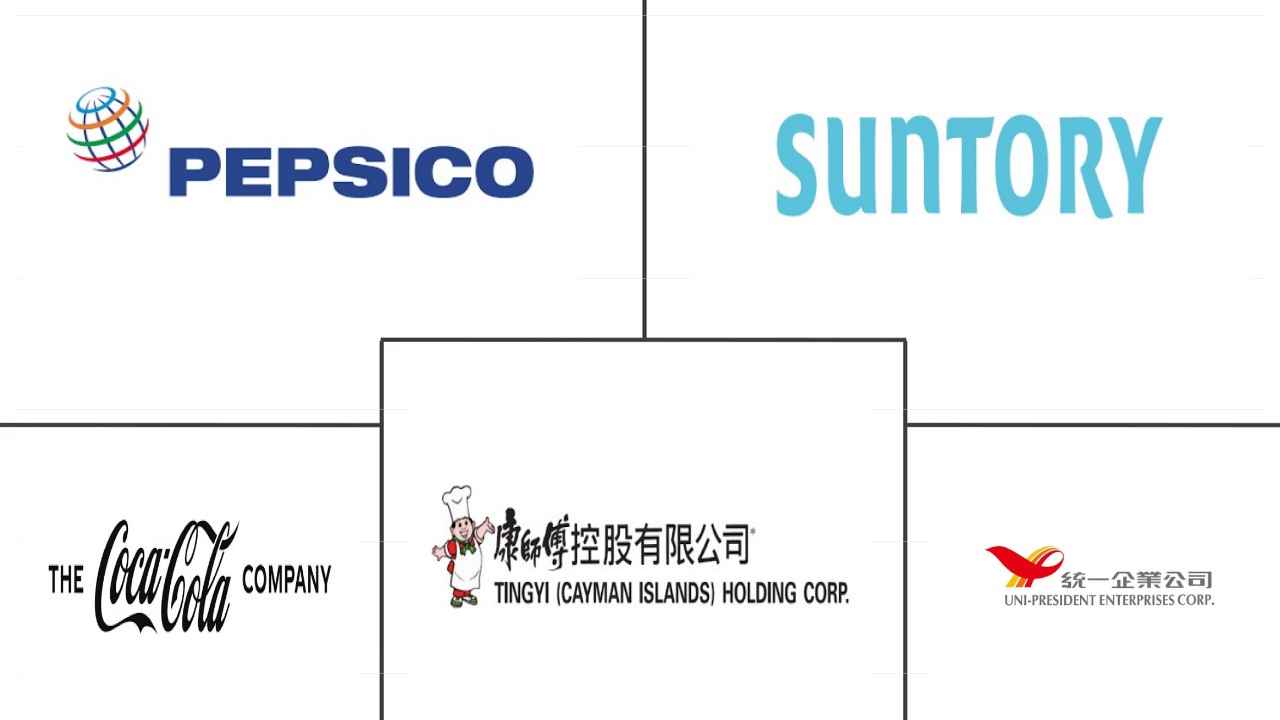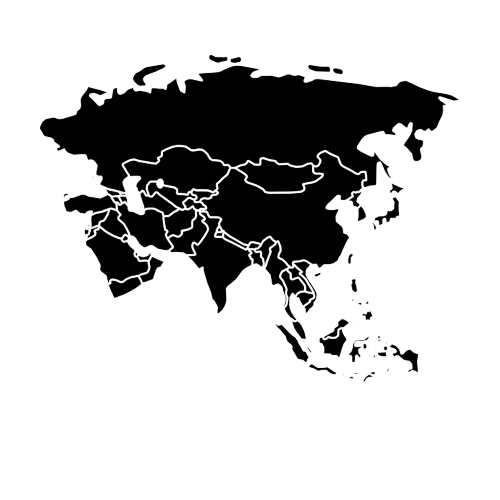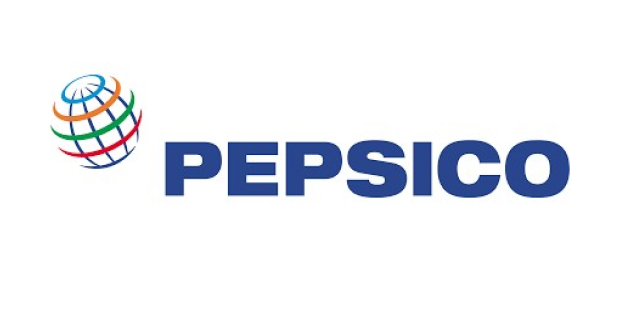Market Size of rtd tea Industry
| Icons | Lable | Value |
|---|---|---|
|
|
Study Period | 2018 - 2030 |
|
|
Market Size (2024) | USD 70.74 Billion |
|
|
Market Size (2030) | USD 107.7 Billion |
|
|
Largest Share by Soft Drink Type | Iced Tea |
|
|
CAGR (2024 - 2030) | 7.25 % |
|
|
Largest Share by Region | Asia-Pacific |
|
|
Market Concentration | Low |
Major Players |
||

|
||
|
*Disclaimer: Major Players sorted in no particular order |
RTD Tea Market Analysis
The RTD Tea Market size is estimated at 70.74 billion USD in 2024, and is expected to reach 107.7 billion USD by 2030, growing at a CAGR of 7.25% during the forecast period (2024-2030).
70.74 Billion
Market Size in 2024 (USD)
107.7 Billion
Market Size in 2030 (USD)
5.69 %
CAGR (2018-2023)
7.25 %
CAGR (2024-2030)
Largest Segment by Soft Drink Type
38.68 %
value share, Iced Tea, 2023
Iced tea popularity as a ready-to-drink beverage stems from its versatility, taste and convenience. Additionally, its lower calorie count also contributes to its appeal among consumers
Largest Region
61.76 %
value share, Asia-Pacific, 2023

Emerging countries like India, China, and Japan among others are a few of the major markets for RTD tea. Increasing socialization among millennials has increased the demand for RTD tea.
Fastest-growing segment by Soft Drink Type
8.26 %
Projected CAGR, Herbal Tea, 2024-2030
Due to its usage of natural components, herbal tea is growing in popularity in the market. This tendency has emerged as a result of people becoming more concerned of their health.
Fastest-growing region
9.42 %
Projected CAGR, Europe, 2024-2030

Black Tea is witnessing growth in African countries. Rising awareness of the nutritional benefits of black tea over regular tea makes it a preferred choice, after green tea in the region.
Leading Market Player
12.18 %
market share, PepsiCo, Inc., Inc.

The company has a large portfolio of brands in RTD tea market. It sells its RTD tea products under trademarks like Lipton and Arizona, along with various specialized companies.
RTD Tea is majorly driven by health and wellness along with convenience in on-the-go lifestyles
- Global RTD Tea has experienced significant growth in recent years driven by health-conscious trends and convenience in beverage choices. The market dynamics have been shaped not only by traditional tea-drinking cultures in countries like China, India, and Japan but also by the globalization of tastes. Green tea accounted for a significant share compared to all other RTD tea types. The market for green tea registered a CAGR of 6.07% from 2018 to 2023. The major factor driving the growth of RTD tea is growing consumers' inclination toward healthy beverage products. In 2022, around 50% of consumers across the world preferred green tea over other tea types.
- Iced tea is the second-leading RTD tea type globally. This is attributed to increased consumption of iced tea across the regions. For instance, around 75 - 80% of tea consumed in the United States was iced as of 2022. Iced tea offers a diverse range of flavors to cater to varying taste preferences. With the growing health-conscious and diabetic population, companies are expected to use healthier sugar substitutes, such as stevia, coconut sugar, and organic honey, to add sweetness to the iced teas. Brands are expected to use healthier sugar substitutes, such as stevia, coconut sugar, and organic honey, to add sweetness to the iced teas in the future.
- Herbal tea is projected to register the fastest CAGR value of 7.81% between 2024 and 2030. Herbal tea, in combination with antioxidants that help to boost the immune system, contains essential nutrients such as calcium, magnesium, potassium, and vitamin C. Products with immunity-boosting properties are becoming increasingly popular globally. This factor will further aid the market in the future.
Rising obesity concerns and preferences for healthy drinks are increasing sales
- From 2021 to 2023, the global sales of RTD teas witnessed a 13.35% surge in value. North America emerged as a key market with a notable 8.81% increase. This rise can be attributed to a growing preference among health-conscious consumers for RTD teas with lower sugar content and natural sweeteners, like antioxidants. The United States, grappling with a high obesity rate, saw a shift in consumer preferences toward sugar-free or low-calorie beverages, including RTD teas. Around 100.1 million (41.9%) adults and 14.7 million (19.7%) children are obese in the United States.
- In Europe, RTD tea is gaining popularity due to rising obesity concerns, which is projected to witness a high CAGR value of 9.38% during 2024-2030. Countries like Germany have a higher obesity rate, which has led consumers to be inclined toward sugar-less or low-calorie beverages, including RTD teas. In Germany, 53.5% of the population (46.6% of women and 60.5% of men) was overweight as of 2022. Thus, many consumers are turning to RTD tea as an alternative to sugary sodas and other less healthy beverages.
- Asia-Pacific dominated the RTD tea market, witnessing a significant 14.12% surge in value from 2021 to 2023. In Japan, where tea is a cultural staple, RTD green teas are particularly popular. Key players in the market, such as Ito En Ltd and Kirin Beverage Company, Limited, emphasize preserving the traditional taste while offering modern packaging and convenience. The number of tea drinks circulating in the Japanese market reached almost 700 in 2022, with more than 100 variations introduced annually. RTD tea beverages, offering the convenience of traditional flavors without the preparation time, are widely consumed.
RTD Tea Industry Segmentation
Green Tea, Herbal Tea, Iced Tea are covered as segments by Soft Drink Type. Aseptic packages, Glass Bottles, Metal Can, PET Bottles are covered as segments by Packaging Type. Off-trade, On-trade are covered as segments by Distribution Channel. Africa, Asia-Pacific, Europe, Middle East, North America, South America are covered as segments by Region.
- Global RTD Tea has experienced significant growth in recent years driven by health-conscious trends and convenience in beverage choices. The market dynamics have been shaped not only by traditional tea-drinking cultures in countries like China, India, and Japan but also by the globalization of tastes. Green tea accounted for a significant share compared to all other RTD tea types. The market for green tea registered a CAGR of 6.07% from 2018 to 2023. The major factor driving the growth of RTD tea is growing consumers' inclination toward healthy beverage products. In 2022, around 50% of consumers across the world preferred green tea over other tea types.
- Iced tea is the second-leading RTD tea type globally. This is attributed to increased consumption of iced tea across the regions. For instance, around 75 - 80% of tea consumed in the United States was iced as of 2022. Iced tea offers a diverse range of flavors to cater to varying taste preferences. With the growing health-conscious and diabetic population, companies are expected to use healthier sugar substitutes, such as stevia, coconut sugar, and organic honey, to add sweetness to the iced teas. Brands are expected to use healthier sugar substitutes, such as stevia, coconut sugar, and organic honey, to add sweetness to the iced teas in the future.
- Herbal tea is projected to register the fastest CAGR value of 7.81% between 2024 and 2030. Herbal tea, in combination with antioxidants that help to boost the immune system, contains essential nutrients such as calcium, magnesium, potassium, and vitamin C. Products with immunity-boosting properties are becoming increasingly popular globally. This factor will further aid the market in the future.
| Soft Drink Type | |
| Green Tea | |
| Herbal Tea | |
| Iced Tea | |
| Other RTD Tea |
| Packaging Type | |
| Aseptic packages | |
| Glass Bottles | |
| Metal Can | |
| PET Bottles |
| Distribution Channel | ||||||
| ||||||
| On-trade |
| Region | ||||||||||||
| ||||||||||||
| ||||||||||||
| ||||||||||||
| ||||||||||||
| ||||||||||||
|
RTD Tea Market Size Summary
The RTD tea market is experiencing robust growth, driven by increasing consumer demand for health-conscious and convenient beverage options. This market expansion is influenced by traditional tea-drinking cultures in regions such as Asia, particularly China, India, and Japan, as well as the globalization of taste preferences. Green tea holds a significant portion of the market share, favored for its health benefits, while iced tea is also popular due to its diverse flavor offerings. The market is seeing a shift towards healthier sugar substitutes in response to the growing health-conscious and diabetic populations. Herbal tea is projected to grow rapidly, supported by its immunity-boosting properties and essential nutrients, aligning with global trends prioritizing health and wellness.
Regionally, North America and Europe are key markets, with a notable increase in demand for RTD teas with lower sugar content and natural sweeteners, driven by rising obesity concerns. In the United States, the shift towards sugar-free or low-calorie beverages is particularly pronounced, while in Europe, countries like Germany are seeing a similar trend. The Asia-Pacific region, especially Japan, remains dominant in the RTD tea market, with a strong preference for green tea. The market is fragmented, with major players like PepsiCo, Coca-Cola, and Suntory Holdings leading the charge. The introduction of innovative products and partnerships, such as those by PepsiCo and The Coca-Cola Company, further underscores the dynamic nature of the market, catering to evolving consumer preferences and health trends.
RTD Tea Market Size - Table of Contents
-
1. MARKET SEGMENTATION (includes market size in Value in USD and Volume, Forecasts up to 2030 and analysis of growth prospects)
-
1.1 Soft Drink Type
-
1.1.1 Green Tea
-
1.1.2 Herbal Tea
-
1.1.3 Iced Tea
-
1.1.4 Other RTD Tea
-
-
1.2 Packaging Type
-
1.2.1 Aseptic packages
-
1.2.2 Glass Bottles
-
1.2.3 Metal Can
-
1.2.4 PET Bottles
-
-
1.3 Distribution Channel
-
1.3.1 Off-trade
-
1.3.1.1 Convenience Stores
-
1.3.1.2 Online Retail
-
1.3.1.3 Supermarket/Hypermarket
-
1.3.1.4 Others
-
-
1.3.2 On-trade
-
-
1.4 Region
-
1.4.1 Africa
-
1.4.1.1 Egypt
-
1.4.1.2 Nigeria
-
1.4.1.3 South Africa
-
1.4.1.4 Rest of Africa
-
-
1.4.2 Asia-Pacific
-
1.4.2.1 Australia
-
1.4.2.2 China
-
1.4.2.3 India
-
1.4.2.4 Indonesia
-
1.4.2.5 Japan
-
1.4.2.6 Malaysia
-
1.4.2.7 South Korea
-
1.4.2.8 Thailand
-
1.4.2.9 Vietnam
-
1.4.2.10 Rest of Asia-Pacific
-
-
1.4.3 Europe
-
1.4.3.1 Belgium
-
1.4.3.2 France
-
1.4.3.3 Germany
-
1.4.3.4 Italy
-
1.4.3.5 Netherlands
-
1.4.3.6 Russia
-
1.4.3.7 Spain
-
1.4.3.8 Turkey
-
1.4.3.9 United Kingdom
-
1.4.3.10 Rest of Europe
-
-
1.4.4 Middle East
-
1.4.4.1 Qatar
-
1.4.4.2 Saudi Arabia
-
1.4.4.3 United Arab Emirates
-
1.4.4.4 Rest of Middle East
-
-
1.4.5 North America
-
1.4.5.1 Canada
-
1.4.5.2 Mexico
-
1.4.5.3 United States
-
1.4.5.4 Rest of North America
-
-
1.4.6 South America
-
1.4.6.1 Argentina
-
1.4.6.2 Brazil
-
1.4.6.3 Rest of South America
-
-
-
RTD Tea Market Size FAQs
How big is the Global RTD Tea Market?
The Global RTD Tea Market size is expected to reach USD 70.74 billion in 2024 and grow at a CAGR of 7.25% to reach USD 107.66 billion by 2030.
What is the current Global RTD Tea Market size?
In 2024, the Global RTD Tea Market size is expected to reach USD 70.74 billion.

